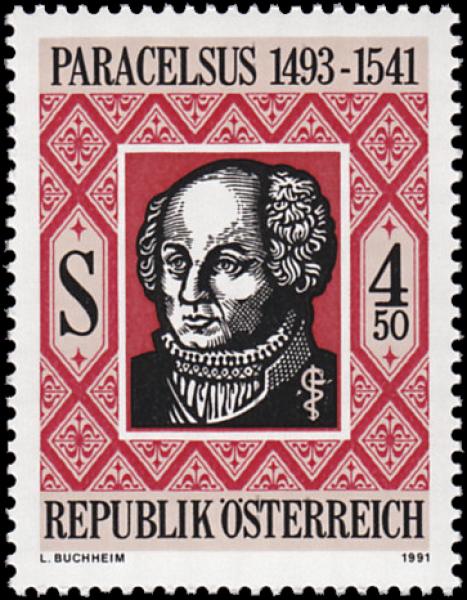The contemporary interpretation of Paracelsus's famous declaration “the dose makes the poison”, for which he is often called the father of toxicology, is that dose and effect move together in a predictably linear fashion, and that lower exposures to a hazardous compound will therefore always generate lower risks. This idea is not just a philosophical abstraction; it is the core assumption underlying the system of chemical-safety testing that arose in the mid-twentieth century. Risk assessors typically look for adverse effects of a compound over a range of high doses and, from there, extrapolate downwards to establish health standards — always assuming, like Paracelsus, that chemicals toxic at high doses are much less risky at lower, real-world levels. But what if the Paracelsian presumption is wrong? On the basis of conventional high-dose testing, regulators have set maximum acceptable levels for each of them that assume all doses below that level are safe. But academic researchers who have studied a wider range of doses, including very low ones found in the everyday environment, say that their experiments usually do not generate the tidy, familiar 'ski-slope' dose-response graphs of classic toxicology.
Source: Nature, 24 October 2012
http://www.nature.com/news/toxicology-the-learning-curve-1.11644
Please read:
http://www.boerenlandvogels.nl/content/toxicity-neonicotinoid-insectici…

- Login om te reageren
